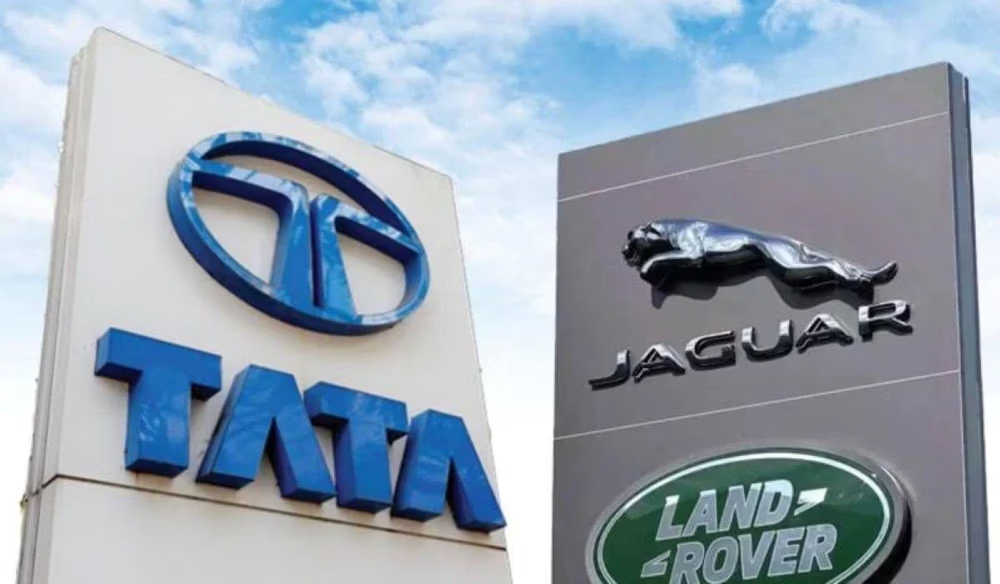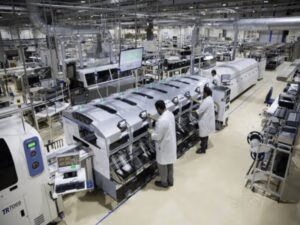Tata Motors has successfully completed its corporate restructuring with the formal demerger of its commercial vehicles (CV) business, now valued at ₹260 per share ahead of its anticipated stock market listing, following the Tata Motors Demerger.
The demerger, approved by the National Company Law Tribunal (NCLT) in August, separates the company into two distinct listed entities: Tata Motors, which will focus on passenger vehicles and Jaguar Land Rover (JLR), and Tata Motors Commercial Vehicles (TMCV), which will house the CV and related businesses.
According to the scheme of arrangement, shareholders of Tata Motors will receive one share of TMCV for every share held in the parent company. The demerger impacts approximately 67 lakh shareholders, who will now hold stakes in both entities.
The valuation of ₹260 per share for TMCV reflects strong investor confidence in the standalone prospects of the commercial vehicles business, which holds market leadership in India and has demonstrated robust financial performance amid a cyclical recovery in the CV industry.
Market analysts note that the demerger unlocks value by allowing each business to pursue its specific growth strategy. The passenger vehicle entity can focus on the competitive EV transition and JLR’s global premium strategy, while the CV business can concentrate on domestic market leadership and export growth without competing for capital allocation.
TMCV is expected to list on Indian stock exchanges in the coming weeks upon completion of the final regulatory formalities. The listing will provide clarity on the market’s assessment of the standalone valuation and future growth trajectory of both entities.
Brokerages have generally maintained positive outlooks on both businesses post-demerger, citing improved operational focus, clearer investment narratives, and the potential to attract specialized investor bases to different growth stories within the automotive sector.
The demerger represents a significant milestone in Tata Motors’ corporate history, completing a transformation that began with the turnaround of its domestic business and strategic repositioning of JLR, ultimately creating two focused automotive players from what was once a single conglomerate-style automotive entity.






